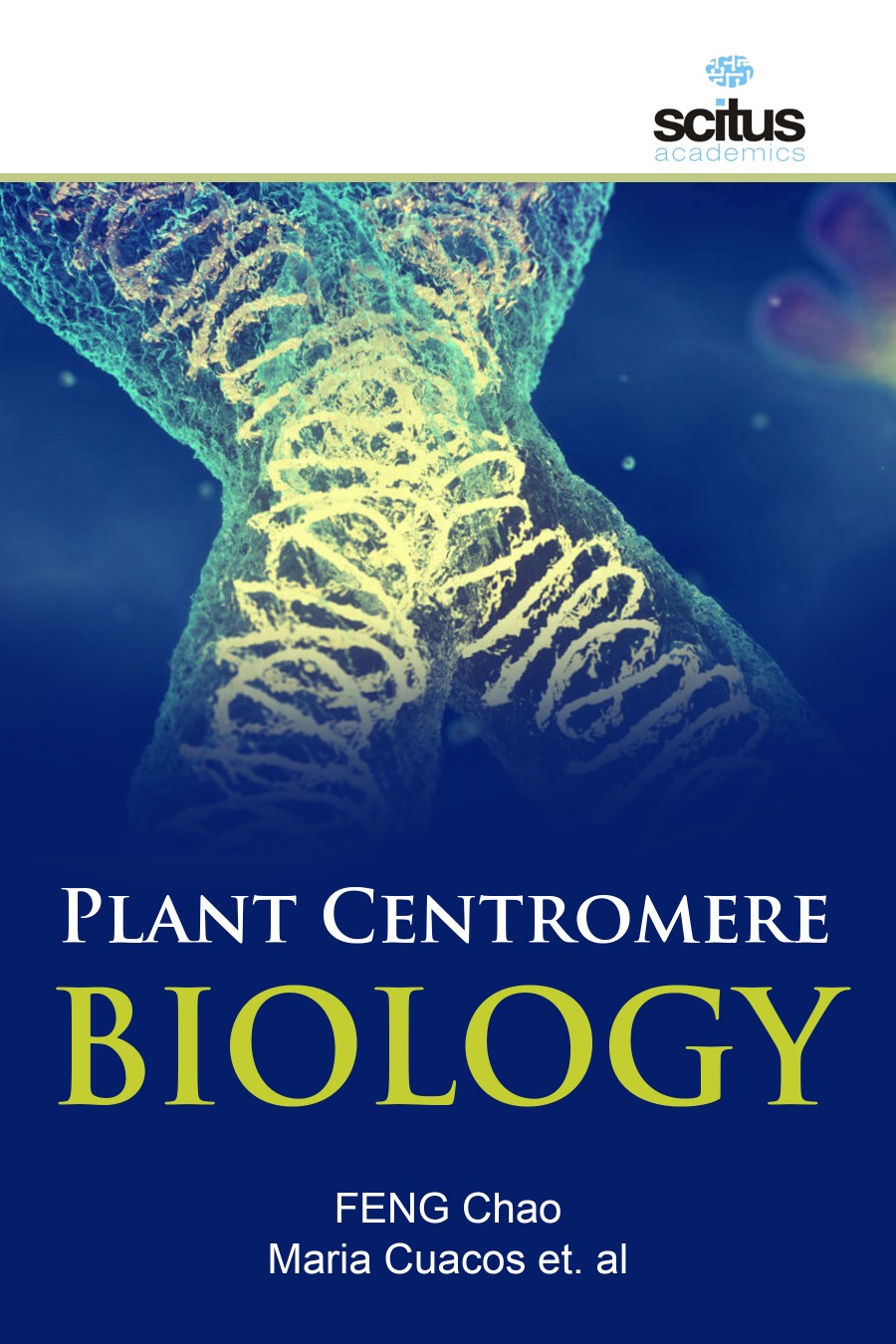Although plants were the organisms of choice in several classical centromere studies, molecular and biochemical studies of plant centromeres have lagged behind those in model animal species. However, in the past several years, several centromeric repetitive DNA elements have been isolated in plant species and their roles in centromere function have been demonstrated. Centromeres and telomeres are important chromosomal domains required for the proper separation of genetic material during both mitosis and meiosis. Centromeres are formed by centromeric DNA and a protein complex, the kinetochore, and are involved in sister chromatid cohesion, proper microtubule attachment, chromosome movement and cell cycle regulation. Centromeric DNA is composed of tandem repeats and/or transposable elements that have evolved fast and are therefore highly variable even among closely related species.Centromeric DNAs are one of the fastest evolving sequences in eukaryotic genomes. It is interesting that such an essential and functionally conserved chromosomal locus has so rapidly evolved with regards to its structure, extension and DNA sequence composition.
Plant Centromere Biology is intended to provide new insights into assembly and function of centromeres and telomeres in plants, including their regulation and their interactions, as well as potential utility in crop improvement. The structure of centromeres, numerous unique characteristics allied with plant centromeres, as well as classical and modern neocentromeres, centromere drive and centromere misdivision are also explored.
This book will serve as valuable guide for all advanced graduate students, practitioners, as well as plant scientists dealing with plant genome research or genome analysis.













